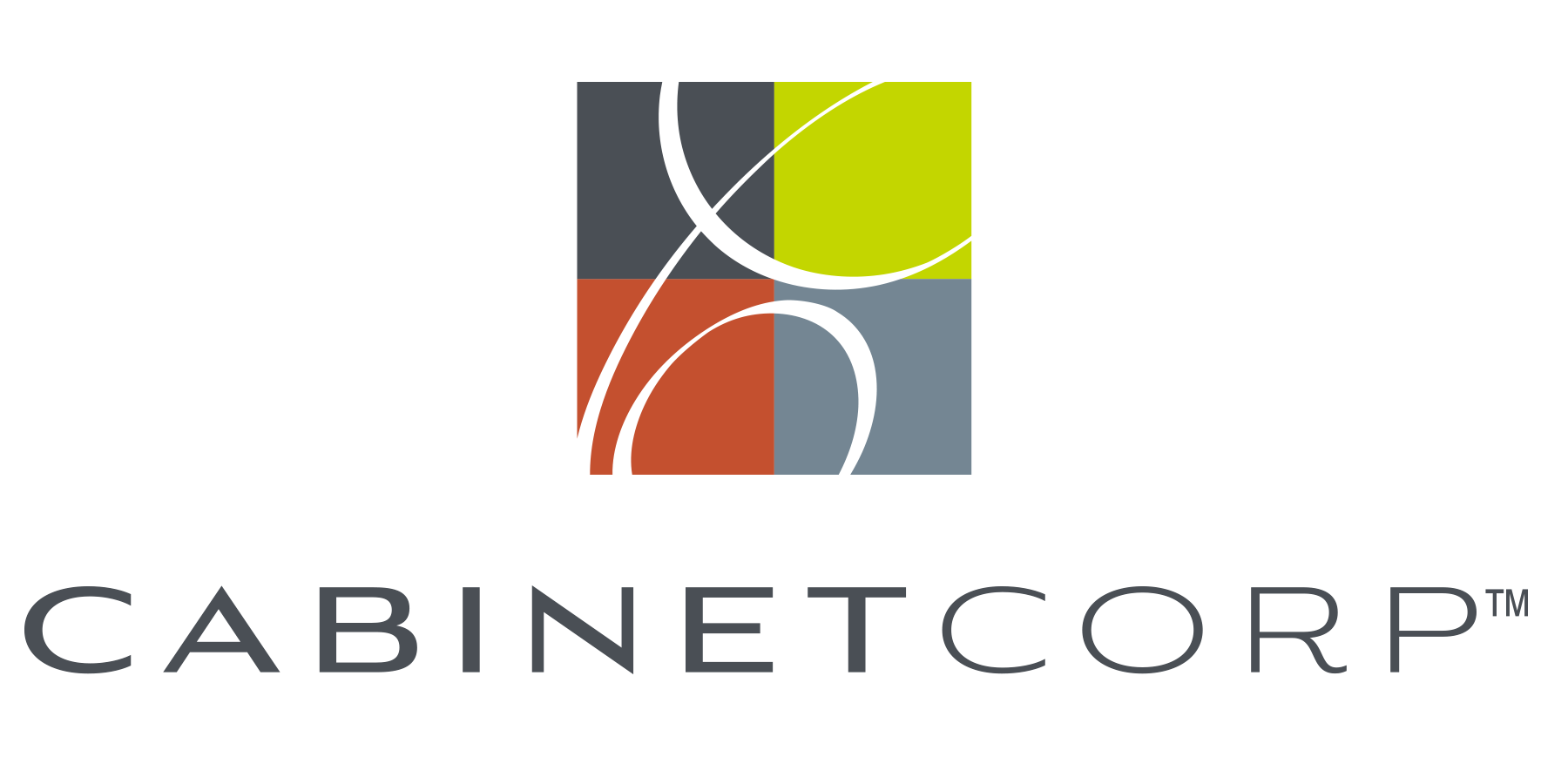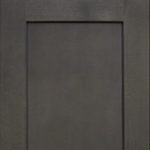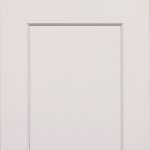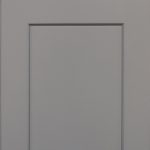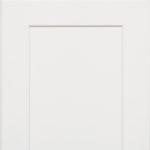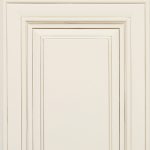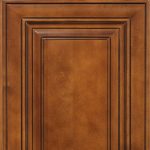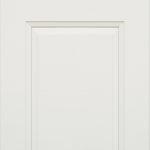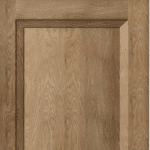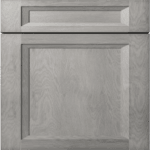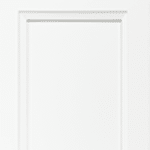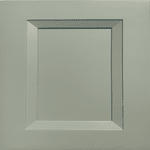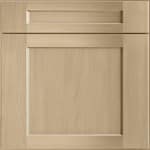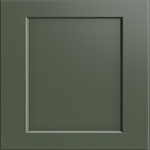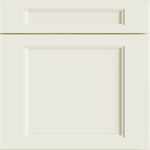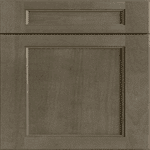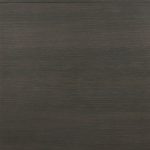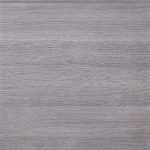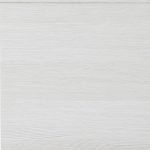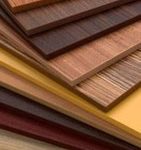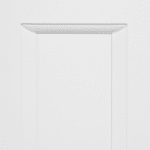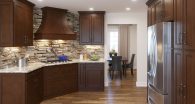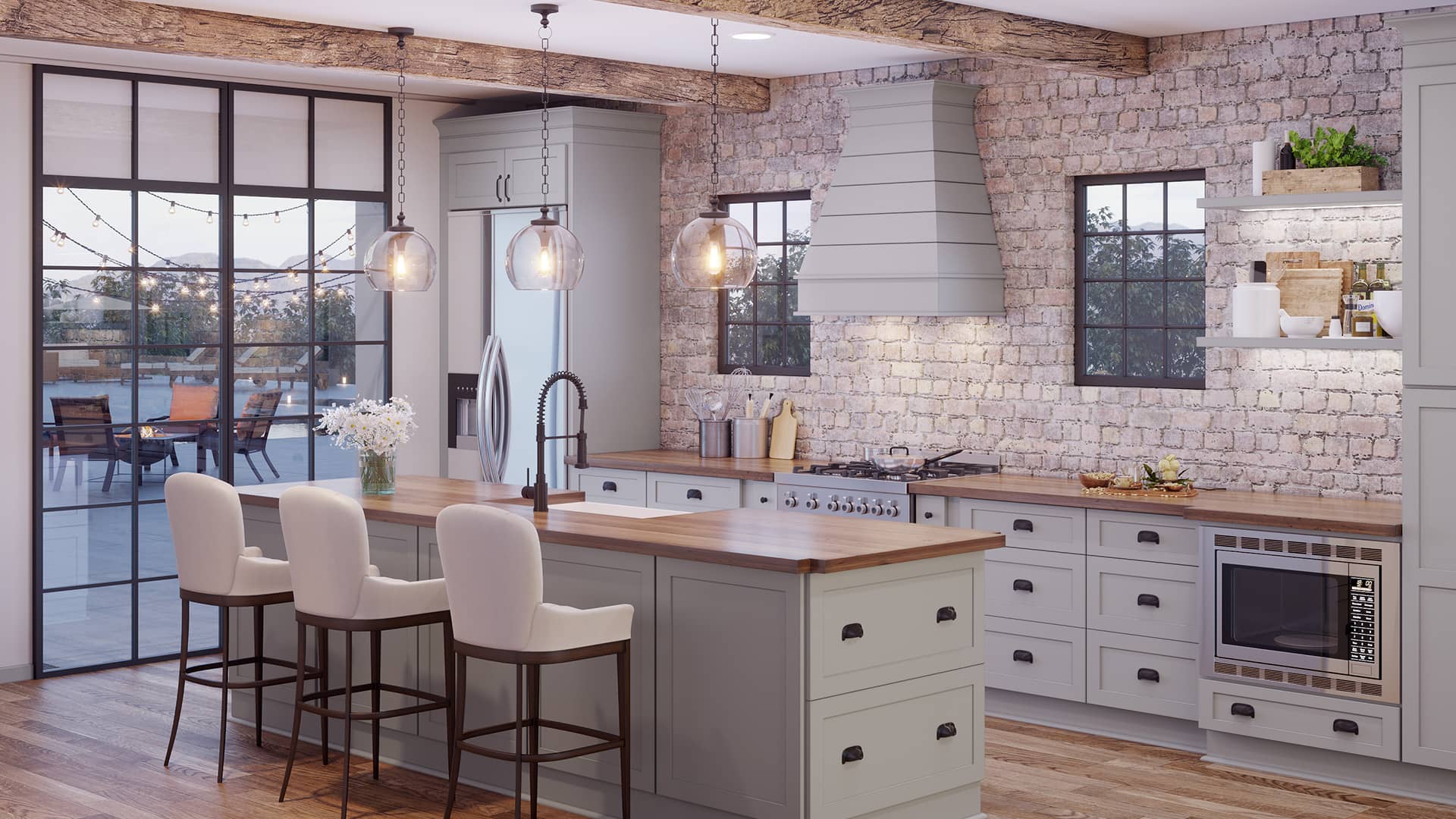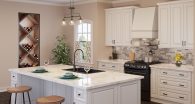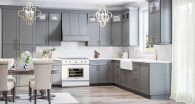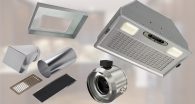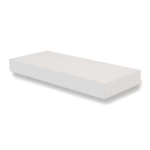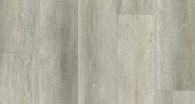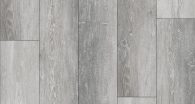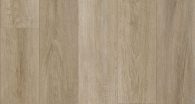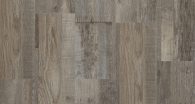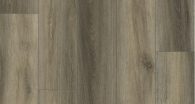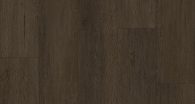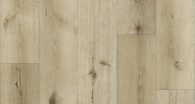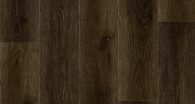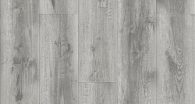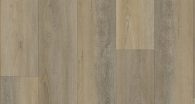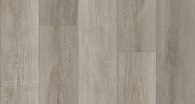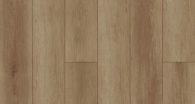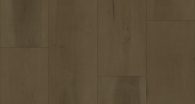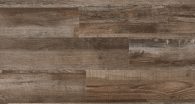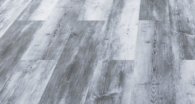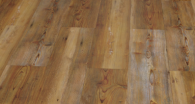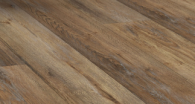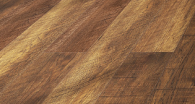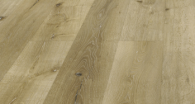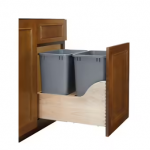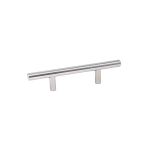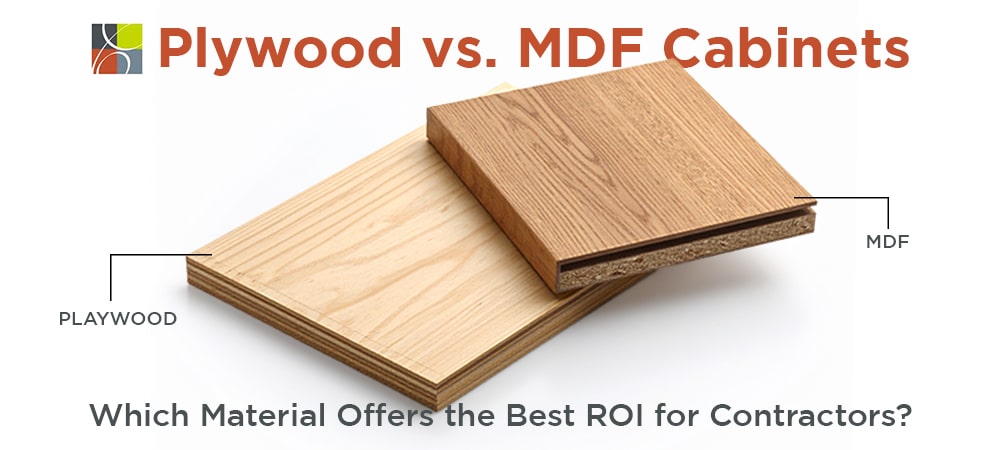When selecting cabinet materials, general contractors and builders consider several factors to maximize project value. Durability, aesthetics, cost, and long-term return on investment all influence the decision-making process.
Two of the most common cabinet materials—plywood and medium-density fiberboard—offer distinct advantages and drawbacks. Understanding their differences helps contractors choose the best project option, ensuring client satisfaction and a substantial investment return.
MDF vs. Plywood Cabinets: A Detailed Comparison
When choosing between MDF and plywood cabinets, it’s essential to understand their differences in durability, cost, and aesthetics. Both materials are widely used in kitchen and bathroom cabinetry but serve different purposes based on design preferences and functional needs. MDF is valued for its smooth surface and affordability, making it ideal for painted finishes and modern styles.
On the other hand, plywood is known for its strength, moisture resistance, and natural wood appearance, making it a durable choice for cabinet boxes and shelving. Below, we’ll compare these materials in detail to help you determine which option best suits your project.
Medium-Density Fiberboard (MDF) Cabinets
MDF is an engineered wood product made from fine wood fibers, wax, and resin. High pressure compresses these materials to form smooth panels. These cabinets represent 20-25% of the global market share. Unlike solid wood or plywood, MDF has no natural grain. This gives it a uniform surface that is ideal for painting and modern designs.
Advantages of MDF Cabinets
- Cost-Effective: MDF cabinets are more affordable than plywood, making them an excellent choice for projects with budget constraints. The cost savings can be significant for large-scale renovations or multi-unit housing developments.
- Smooth Finish: Because of its grainless composition, MDF provides a flawless surface for painted cabinets. It allows for a sleek, contemporary aesthetic that complements modern interior styles.
- Consistency: Unlike natural wood, MDF does not have knots, voids, or inconsistencies, ensuring a uniform look across all cabinetry.
- Ease of Machining: MDF is more straightforward to cut, shape, and router than plywood. This makes it ideal for intricate cabinet door designs, decorative elements, and custom detailing.
- Resistant to Expansion and Contraction: Unlike natural wood, MDF does not expand or contract significantly with temperature changes. This makes it a stable option in controlled environments.
When to Choose MDF Cabinets
- Budget-Friendly Projects: Ideal for homeowners or developers looking to reduce costs while maintaining a modern aesthetic. MDF cabinets cost $300-400 per linear foot.
- Low-Moisture Environments: Water easily damages it, making it best for dry areas like bedrooms and offices.
- Custom or Painted Designs: Preferred for smooth painted cabinets because it lacks wood grain.
- Interior Applications: MDF is good for cabinet doors and decorative panels when strength isn’t crucial.
Drawbacks of MDF Cabinets
- Susceptible to Moisture Damage: MDF can swell and degrade quickly when exposed to water. This makes it a poor choice for high-humidity areas like kitchens and bathrooms.
- Lower Strength: MDF is not as strong as plywood and can sag under heavy loads if not adequately supported.
- Challenging to Repair: Repairing dented or chipped MDF cabinets is harder than repairing plywood or solid wood alternatives.
Plywood Cabinets
Someone glues wood layers with alternating grain to make plywood. This makes it strong, stable, and moisture-resistant. Plywood cabinets are set to have a CAGR of 5% annually until approximately 2034.
Advantages of Plywood Cabinets
- Superior Durability: Plywood is stronger and more impact-resistant than MDF, making it ideal for high-traffic areas.
- Moisture Resistance: Plywood’s layers resist warping and moisture, making it good for kitchens and bathrooms.
- Higher Load-Bearing Capacity: Plywood’s strength allows it to support heavy countertops, dishware, and appliances without sagging.
- Long-Term Value: Plywood cabinets cost more initially, but their durability saves money on repairs and replacements long-term.
- Natural Wood Aesthetic: Homeowners like plywood’s natural grain, which can be stained or coated for a premium look.
When to Choose Plywood Cabinets
- High-Moisture Environments: Kitchens, bathrooms, and basements benefit from plywood’s moisture-resistant properties.
- Heavy-Use Areas: Plywood is strong and long-lasting, which makes it ideal for busy homes, commercial kitchens, and rentals.
- Premium and Luxury Projects: High-end remodels often favor plywood because of its durability, natural aesthetic, and perceived value.
- Structural Components: Plywood is best used for cabinet boxes, shelves, and support structures, ensuring long-lasting performance.
Drawbacks of Plywood Cabinets
- Higher Cost: Plywood is more expensive than MDF, which may not be suitable for budget-sensitive projects.
- Inconsistent Surface: Plywood’s natural grain can have imperfections like knots, needing extra finishing.
- Harder to Cut and Shape: Plywood is more challenging to cut and router than MDF, making it less ideal for intricate designs.
ROI Comparison: MDF vs. Plywood
When considering return on investment (ROI), it’s important to weigh both the initial cost and the long-term value of the materials. MDF cabinets are more affordable in the short term, making them a budget-friendly option for projects with a lower budget or those needing quick installation.
However, plywood’s durability, resistance to moisture, and overall strength make it a more valuable choice for long-term investments. For contractors, choosing between the two materials will depend on the client’s budget, the cabinetry’s expected lifespan, and the environment’s specific conditions, such as humidity levels.
Initial Investment vs. Long-Term Value
MDF is cheaper upfront, but plywood lasts longer and resists moisture, offering better long-term value. The best choice for contractors depends on the project’s needs and lifespan.
| Factor | Plywood Cabinets | MDF Cabinets |
| Cost | Higher Initial Cost but Long Term Savings | Lower Upfront Cost |
| Durability | Strong, Moisture-Resistant, & Long Lasting | Prone to Damage, Not Moisture-Resistant |
| Aesthetics | Smooth Surface, Ideal for Painting | Natural Wood Grain, Better for Stains |
| Maintenance | Easier to Maintain and Repair | Harder to Repair if Damaged |
| Best Use Cases | Kitchens, Bathrooms, Heavy-Use Spaces | Budget Projects, Dry Areas, Decorative Panels |
Tips for General Contractors
- Assess Project Scope: Evaluate the usage and environmental conditions before selecting a material.
- Balance Cost and Quality: While MDF is more affordable, plywood provides long-term savings because of its durability.
- Educate Clients: Help clients understand the trade-offs between MDF and plywood to make informed decisions.
- Use MDF Strategically: MDF is great for cabinet doors and decorative elements where strength isn’t a priority.
- Reserve Plywood for Structural Components: Plywood is best for cabinet boxes, shelving, and areas requiring high durability.
- Consider Hybrid Construction: To save money and add strength, some builders use plywood for boxes and MDF for doors.
- Factor in Installation Costs: Plywood is heavier and may require more labor, affecting overall project expenses.
Become A CabinetCorp Dealer
Amplify your business by becoming a CabinetCorp Dealer. Our Pro Dealer Program unlocks exclusive pricing, premium products, and dedicated support. Partner with us for guaranteed growth.
CTA – Sign Up Today
Final Thoughts
For general contractors, selecting MDF and plywood cabinets depends on budget constraints, environmental factors, and durability needs. MDF is economical for budget-friendly and decorative applications. On the other hand, plywood offers long-term resilience and value, particularly in high-use and high-moisture environments.
Knowing the pros and cons of each material helps contractors maximize profit, satisfy customers, and provide the right cabinets for each project.


